Dar es Salaam means ‘haven of peace’ in Arabic, and while one can imagine how the name came about in the 1860s, when it was still a peaceful fishing village, today the seaside port and economic heart of Tanzania is a frivolous mix of nationalities and cultures, honking grid-iron traffic, beachfront restaurants and nearby islands.
While the equator lies just out of its grasp, Tanzania’s humid heat is just as warm as its people, who welcome you with shouts of karibu sana and energetic waves as they pass you in the streets. They’ll stop to shake your hand, ask where you’ve from, where you’ll go and what you think of their country. Dar, as it is affectionately called by locals, is short-changed when it’s merely considered a springboard to the Serengeti safari route, Selous, Kilimanjaro and Zanzibar. It’s a city that works hard and plays even harder, even though polepole is the country’s modus operandi.
As you explore this burgeoning East African metropolis of more than four million inhabitants, you’ll come across machingas – mobile vendors, who walk its streets selling everything from cigarettes to electronics, hard-boiled sweets, peanuts and cooked corn. And indeed downtown Dar is within walking (and driving) distance of a number of tourist attractions. Though the locals will surely suggest many more, here are a few unmissable sights to visit in and around the city, as well as where to eat, drink and stay.
Afriroots’ Dar es Salaam Reality Cycle tour
For an encounter with the Dar you may not see advertised in travel brochures, pedal your way through the city on a five-hour Dar Reality Cycle tour with Afriroots. If you prefer you can take a colourful, three-wheeled bajaj (tuk-tuk) instead. Venture beyond the city’s main thoroughfares as you crisscross the back roads of the surrounding community. You’ll eat a breakfast of chapati and mahamri (deep-fried donuts made from flour, coconut milk with a dash of cinnamon or ground peanuts) side-by-side with locals as they ready themselves for work. Then grab an Arabica coffee with peanut brittle candy from a mobile coffee seller before exploring the second-hand clothing auctions and stores in the shopping district.
The knowledgeable guides, who have been working with and supporting the community for over a decade, offer travellers insights into the reality of life in Dar – a truly humbling experience. They will also lead you through the local produce market and drop by the traditional medicine pharmacy and kanga shop, which are just another part of everyday life in the city, as is our final destination – the local bar. If you have limited time in Dar, I highly recommend that this is one of the tours you experience.
Sundowners in Dar es Salaam
The best way to orientate yourself in a new city is from the heights of its skyscrapers. For unsurpassable views of Dar es Salaam, take the lift to the 21st floor of the Golden Jubilee Towers to Akemi Revolving Restuarant. This top-rated restaurant prides itself as Tanzania’s only revolving restaurant and is found in Dar’s tallest building. Akemi’s floor-to-ceiling glass walls and two small stationary balconies offer spectacular views of the horizon dissolving into the city centre on the one side and into the Indian Ocean on the other. Happy hour is from Monday to Friday between 5pm and 7pm, with a live band on Friday evenings to ease you into the weekend. Come hungry to the daily lunch buffet and be warned that there’s unlimited sparkling wine, Mimosas and Bloody Marys each Sunday during the hearty Sunday brunch.
Another place to take Instagram-worthy sunset photos is from the trendy, open-air High Spirit Lounge Bar on the 11th and 12th floor of the IT Plaza building. Happy Hour drinks are served Sunday to Thursday from 5:30pm until 7:30pm and the kitchen stays open until well after midnight. On weekends you can dance until the early hours of the morning on the rainbow-lit dance floor.
Business drinks always go down well at the sophisticated Level 8 on the eighth floor of the famed five-star Hyatt Regency Kilimanjaro Hotel, often simply referred to as The Kili. This elegant indoor and outdoor roof-top bar has 360-degreees of the harbour and city skyline, and is open daily from 5pm. Oriental Restaurant, which serves an eclectic mix of Chinese, Japanese and Asian cuisine, is a popular spot for a business dinner.
Where to eat in Dar es Salaam
Since the arrival of Gujarati traders from western India in the 19th century, Indian culture, tradition and food has permeated Tanzanian way of life. Head over to Kisutu Street for a selection of scrumptious vegetarian and vegan Indian food at lunch time. Though there are many Indian restaurants along this and adjoining streets, locals will suggest Chow Patty Restaurant, which is recognisable by its green logo. And indeed it served up my favourite meal in Dar. Don’t expect frills from the décor at this typical Indian diner, after all they specialise in authentic and inexpensive food.
At sunset make your way to the affluent coastal suburb of Oyster Bay that clings to rocks looking out over the ocean. It’s here that you’ll find most embassies and rub shoulders with politicians, diplomats and expats at the luxurious hotels, high-end restaurants and bars that are known for their dance-until-dawn nightlife.
Anyone who wants to be somebody comes here to be seen, whether it’s to eat pub grub and watch a sports game at the friendly Slow Leopard or to dance the night away at Triniti. On the restaurant menus you’ll find a variety of international cuisines, although I suggest you try samaki or anything from the ocean: fresh crayfish, lobster, prawns, octopus and fish are delivered daily.
Slipway, on the Msasani peninsula, is the city’s most popular al fresco shopping and lifestyle centre with souvenir stores, a hotel, restaurants and ocean-facing bars. Enjoy a business dinner by the poolside at the fine-dining Terrace Restaurant at the Slipway Hotel. Or dig your feet into the beach sand as you sit beneath a palm-frond gazebo watching the sunset at The Waterfront Sunset Restaurant and Beach Bar. As its name suggests the Slipway first started out as a boatyard. To this day you can set sail from here to Bongoyo or Mbudya islands, which are found within Tanzania’s first marine reserve, as well as to Mafia, Zanzibar and Pemba islands. Enjoy the cool ocean breeze as you watch the twinkling lights of the fishing boats.
Kivukoni fish market
By 6am Kivukoni fish market is wide awake with activity – fishermen have offloaded their catch from their beached dhows, while house wives with wads of Tanzanian shillings wait patiently for a bargain. Crowds encircle the auction tables to partake in these daily bidding rituals, among them are hotel and restaurant staff who have come to buy what they will serve as the catch of the day.
While not a tourist attraction per se, Kivukoni Fish Market will give you a taste of the vibrant energy that characterises this East African city. It’s also a popular breakfast spot for locals, who indulge in fish, chapati, and deep-friend bananas from the stall section of the market. This is another must-see if you don’t have much time to explore Dar es Salaam.
Dar es Salaam on foot
Although a guided walking tour of the city’s cultural and historical landmarks is highly recommended the sights are close enough to one another to explore independently, especially if you’re starting out from Kivukoni fish market. Grab a free copy of Dar Life (available at most hotels, travel agents and tourism offices) and mark the map with the sites you’d like to visit most. You can visit the Azania Front Lutheran Church nearby, which was built by German missionaries as well as Freedom Square, the National Museum and the National Botanical Gardens all on the way back to your hotel in the city centre. The friendly locals will surely point you in the right direction if you happen to get lost. Remember to take along water to beat the heat.
Kisutu and Uhuru Streets
Walk or grab a taxi to Kisutu Street if you’re intrigued with Hindu architecture and culture. There are three spectacular Hindu temples along its stretch and visitors are always welcome, just make sure that you dress appropriately as a sign of respect. It never hurts to bring along a scarf or sarong that you can throw over your shoulders, our use as a wrap-around skirt, though you will be offered a kanga to wear on entry if you need one. At sunset fresh garlands are sold along the temples’ walls as worshippers flock to the temples for end-of-day prayers.
Fashionistas can buy brightly coloured kanga fabric along Uhuru Street (from Mnazi Moja to Samora Avenue) from the scores of shops along his stretch. Traditionally each pattern represents some aspect of life – be it love, betrayal or jealousy – that usually corresponds with the phrase that’s printed on the kanga. As the Swahili saying goes, “a woman can never be happy until she has 1 000 kangas.” I think there should be a similar saying about shoes.
Day trip from Dar es Salaam: Sinda Island
Dar es Salaam’s heat and humidity beckon you to the water, whether it’s the beaches of North and South Beach or one of the nearby islands. A 30-minute dhow ride from South Beach will take you to the marine protected and uninhabited island of Sinda. You can snorkel off the coast of this rock island. The colourful corals are home to giant starfish, Moray eels, rays and tropical fish. If luck is on your side you may even spot a dolphin pod. A jungle trek from the powdery white sands through the forest took us past baobabs to the other side of the island, where purple cowries shells had washed up on the shores.
Although just as beautiful as its sister islands (Bongoyo and Mbudya), we didn’t see any other tourists all day and only saw the marine guard and a fisherman at the smaller rocky islands nearby. I had the island to myself for the day. Bongoyo and Mbudya are much busier and more commercialised than Sinda because of their proximity to Dar es Salaam – only a 30-minute boat ride from Slipway. At the latter two islands, you can still indulge in sunbathing on the pristine beaches with a cocktail in hand or take the walking trail through the forest to a German colonial building.
Where to stay in Dar es Salaam: city centre
The Southern Sun Dar es Salaam borders the national botanical garden with many of its rooms looking out over the luscious gardens or ocean. The hotel is 13km from Julius Nyerere International Airport, less than 10 minutes on foot to the nearest beach and a short walk to various tourist attractions in the CBD. Like most reputable hotels in Dar es Salaam, its restaurants only serve fresh fish that is bought each day from the nearby Kivukoni Fish Market. It caters to every need of the discerning business and leisure traveller with a fitness centre, swimming pool, business centre and weekly business networking sessions over cocktails.
While the five-star Dar es Salaam Serena Hotel is set in lush tropical gardens close to the beachfront. Relax at the Maisha Spa and Health Club before taking a dip in the swimming pool followed by a drink from the pool bar. Though it’s centrally located in downtown Dar es Salaam, you’ll feel as though you’re in a secluded, peaceful retreat. The business centre and travel desk cater to both business and leisure travellers. The hotel prides itself on its tight security and also offers a limousine service.
Where to stay in Dar es Salaam: South Beach
A thatched gazebo, an enticing book and your drink of choice is all you really need to poa (relax) on South Beach. It’s an affordable beach retreat with wooden beach resorts that line the beachfront. It’s far away from Dar es Salaam’s port and ferry terminal (although accessible by ferry or taxi, it takes at least two hours to get here so make your stay worthwhile). If you’re an early riser you may see a fisherman from the nearby village poling his way through the water in his wooden boat, or young men running the length of the beach, while the afternoon brings with it school boys and their soccer balls. If you’d like to do more than laze on the beach and swim in the Jacuzzi-warm waters you can do a cooking class, learn Swahili, traditional dancing or drumming.
Where to stay in Dar es Salaam: North Beach
Located outside of the city’s hubbub, North Beach epitomises luxurious living. The whitewashed, beachfront Kunduchi Hotel and Resort reminds one of a Sultan’s Palace with a touch of Santorini. It’s an ideal breakaway for families as there’s much to do. Kids will delight in the adjoining water park complete with water slides and swimming pools, teens can try their hand at wind surfing or beach volleyball, while mom and dad relax at the spa followed by sundowners overlooking the calm waters. Dinner on the beach or at the alfresco restaurant is the perfect ending to a well-spent day.
Dar es Salaam is a multifaceted destination with much to offer even the most discerning African traveller. Have you ever visited? What did, please tell me in the comments section below.
***
I was hosted by Southern Sun Dar es Salaam, Dar es Salaam Serena, and Kunduchi Hotel and Resort for a few nights during my stay. I retain full editorial control of all content published on this website, but you already know that! ;)





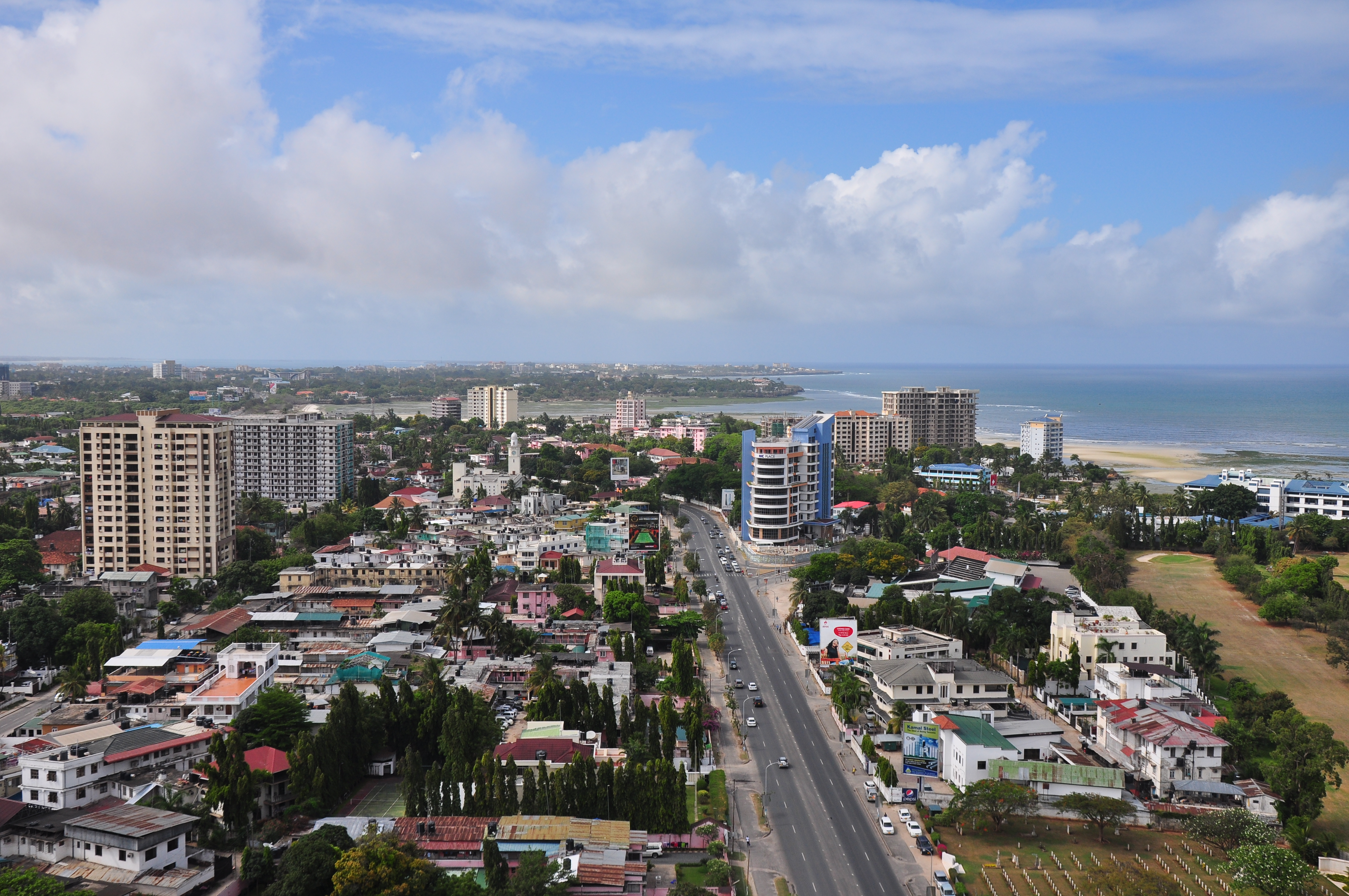
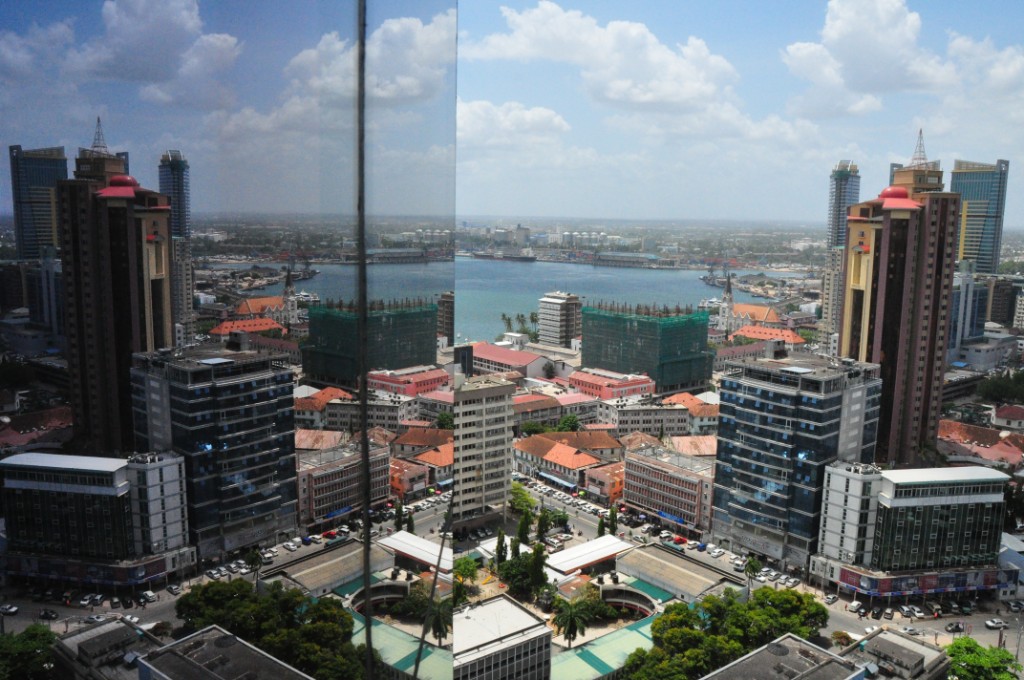
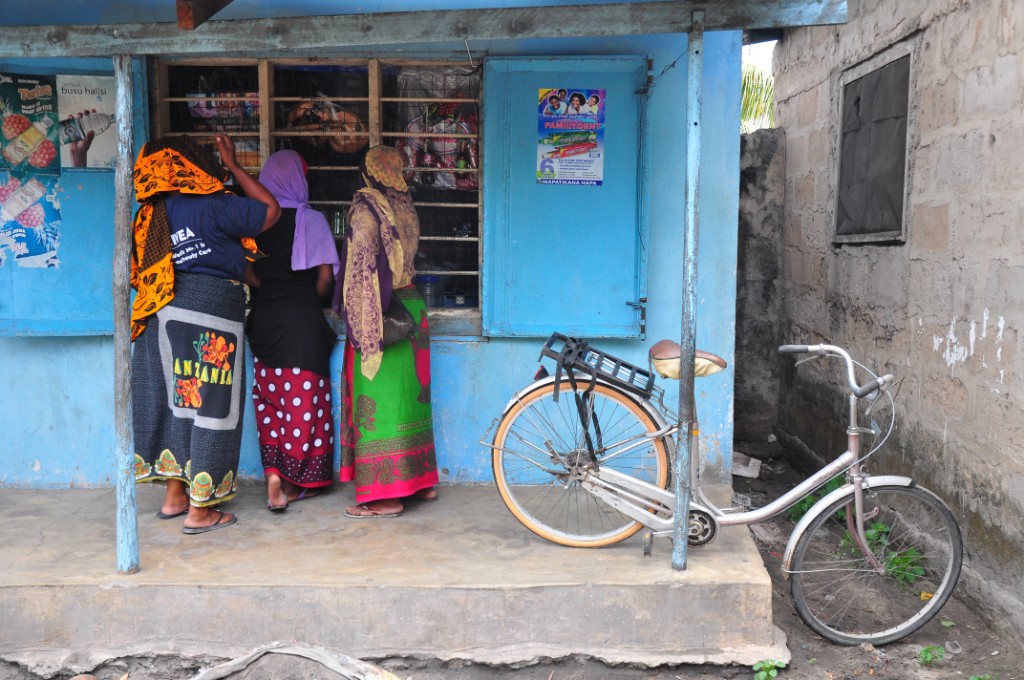

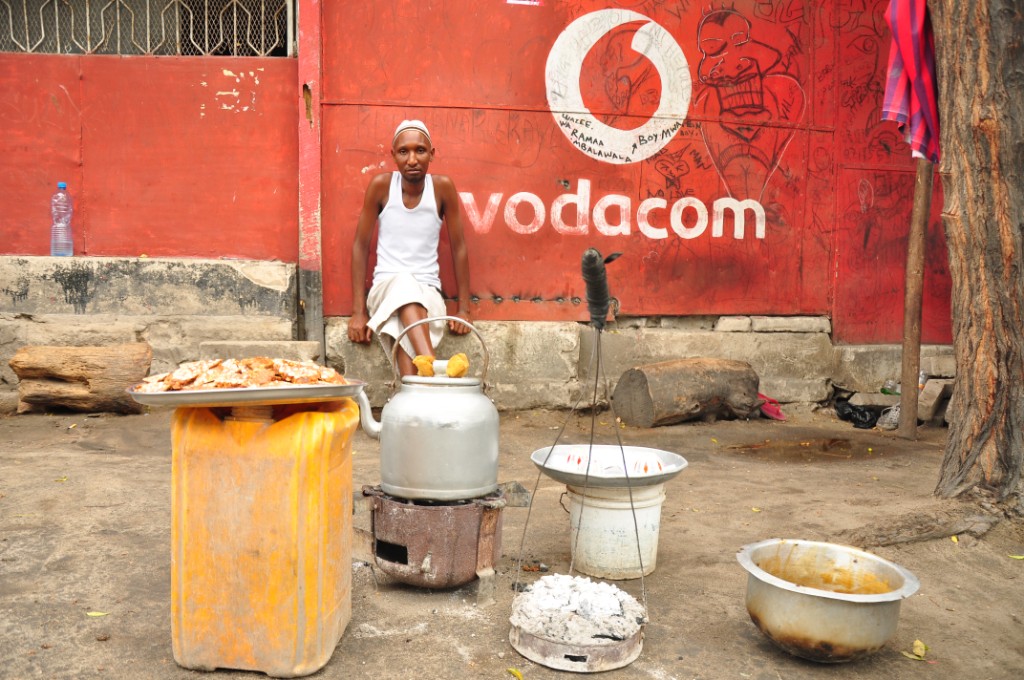

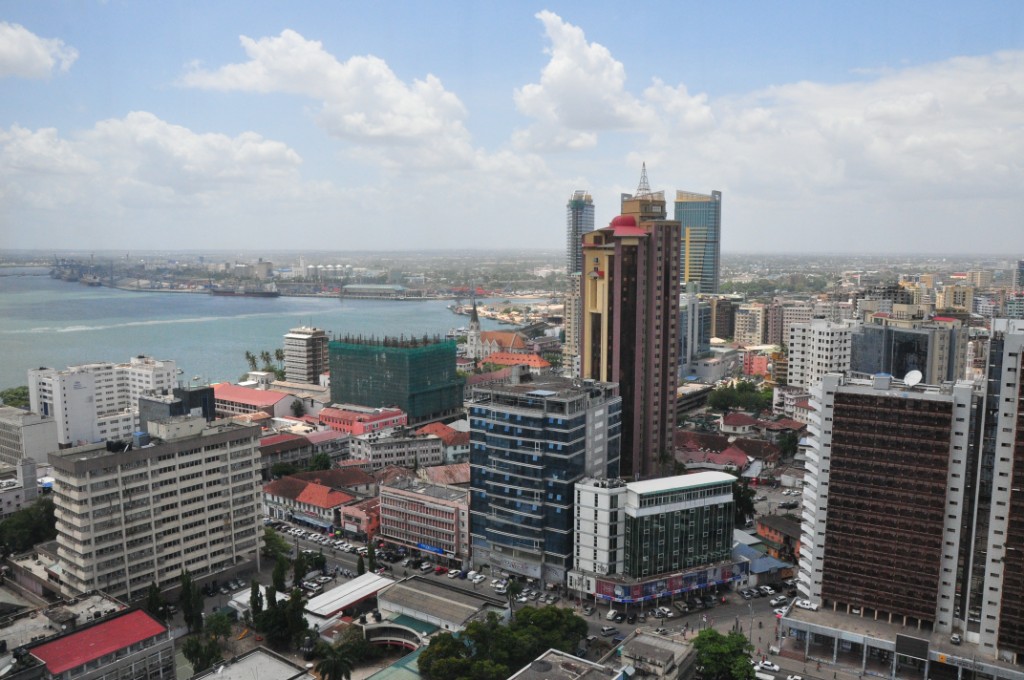
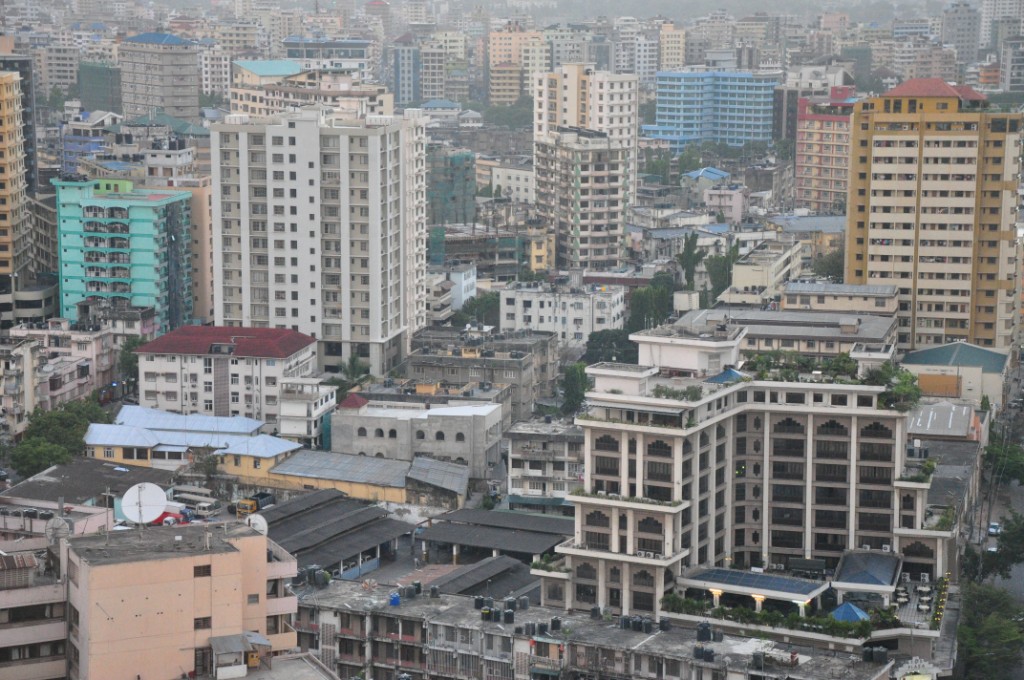
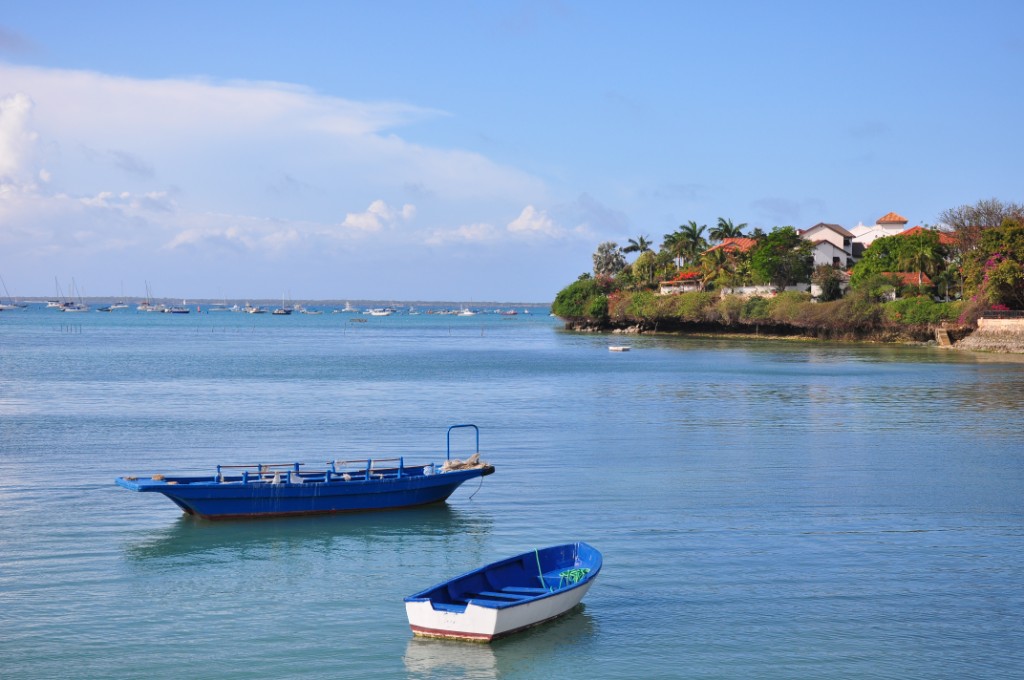
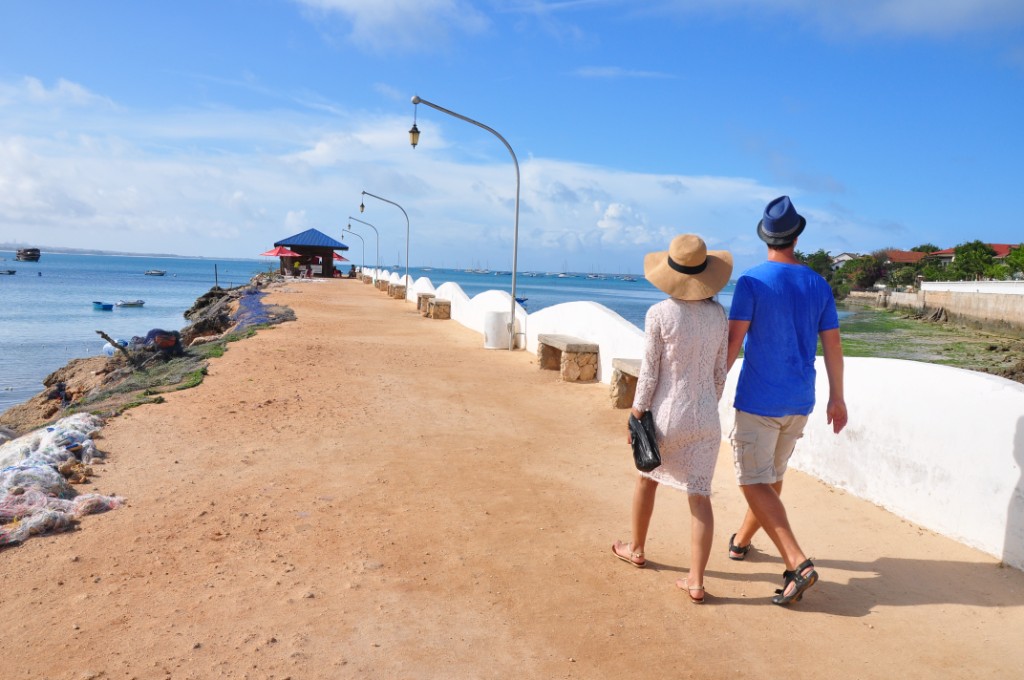
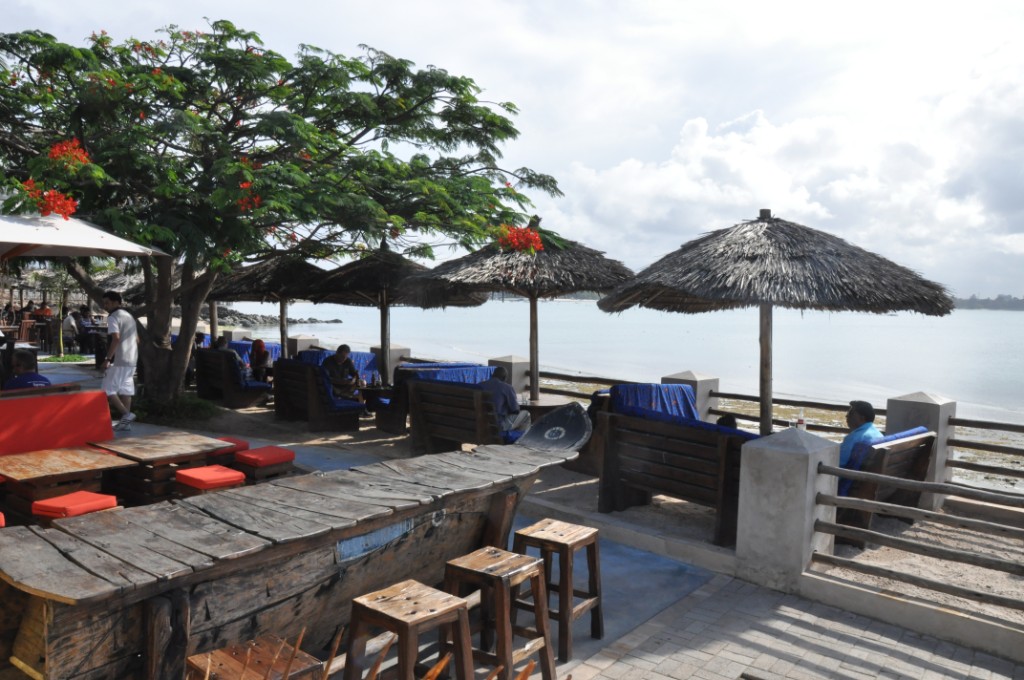
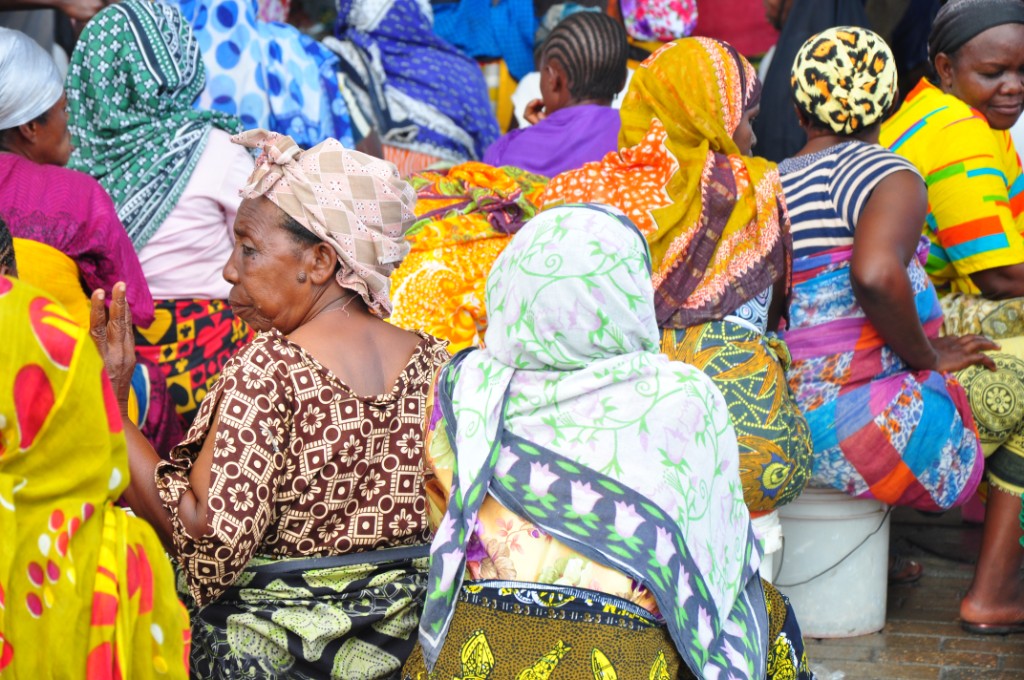
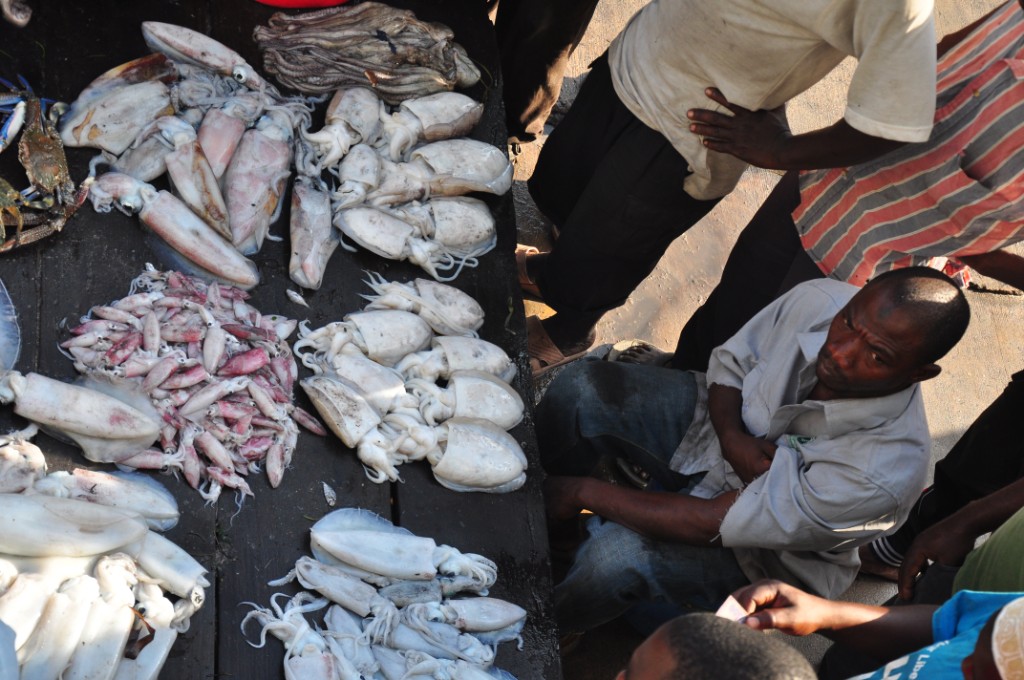



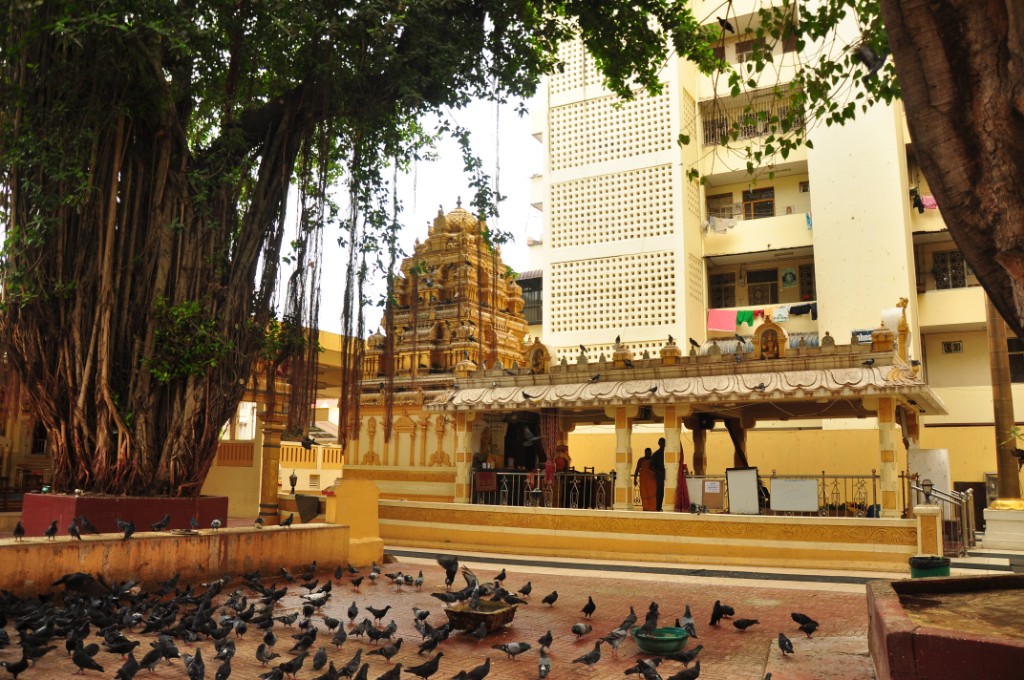
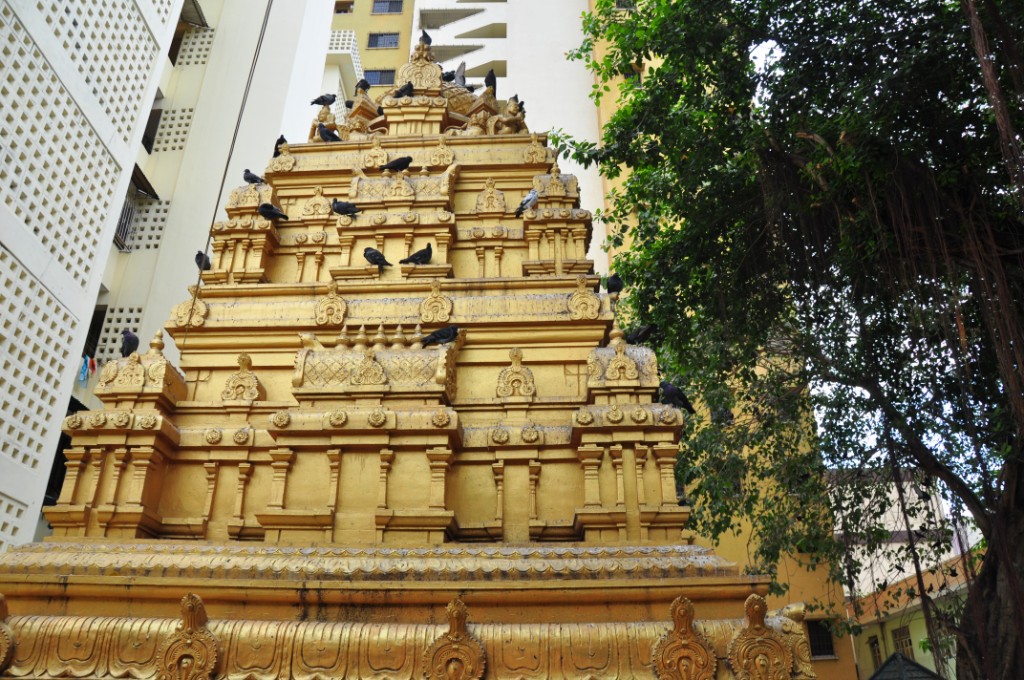

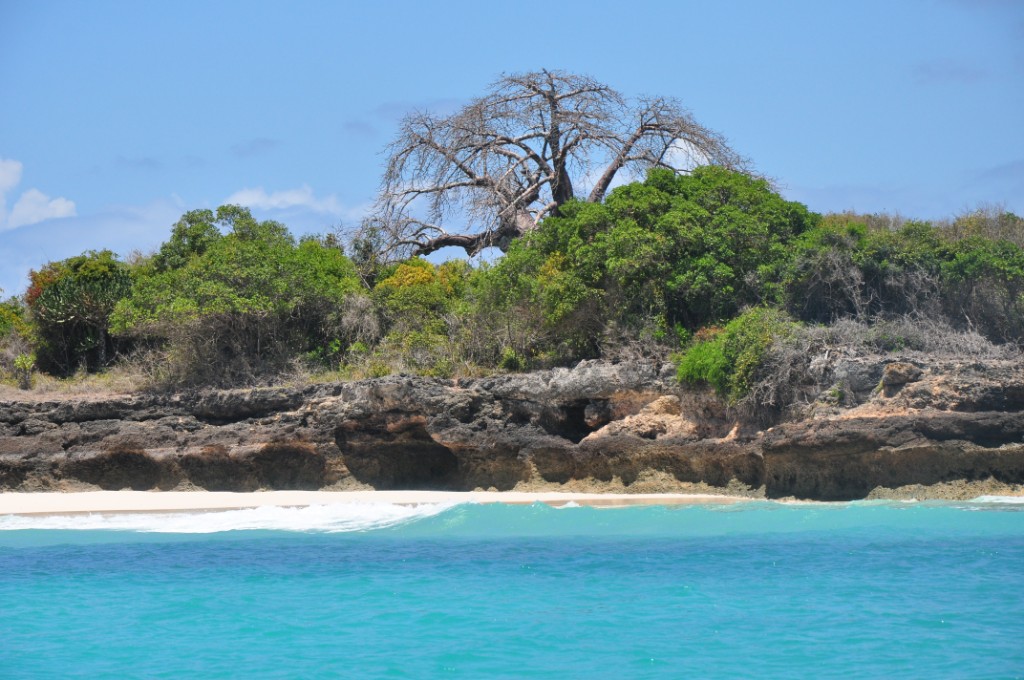
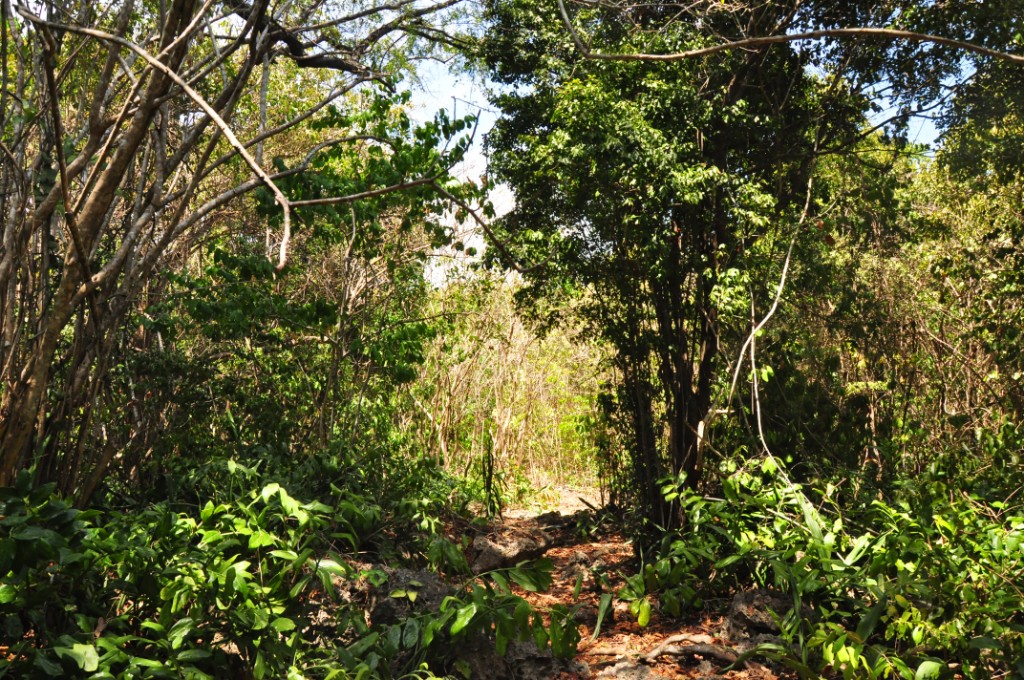

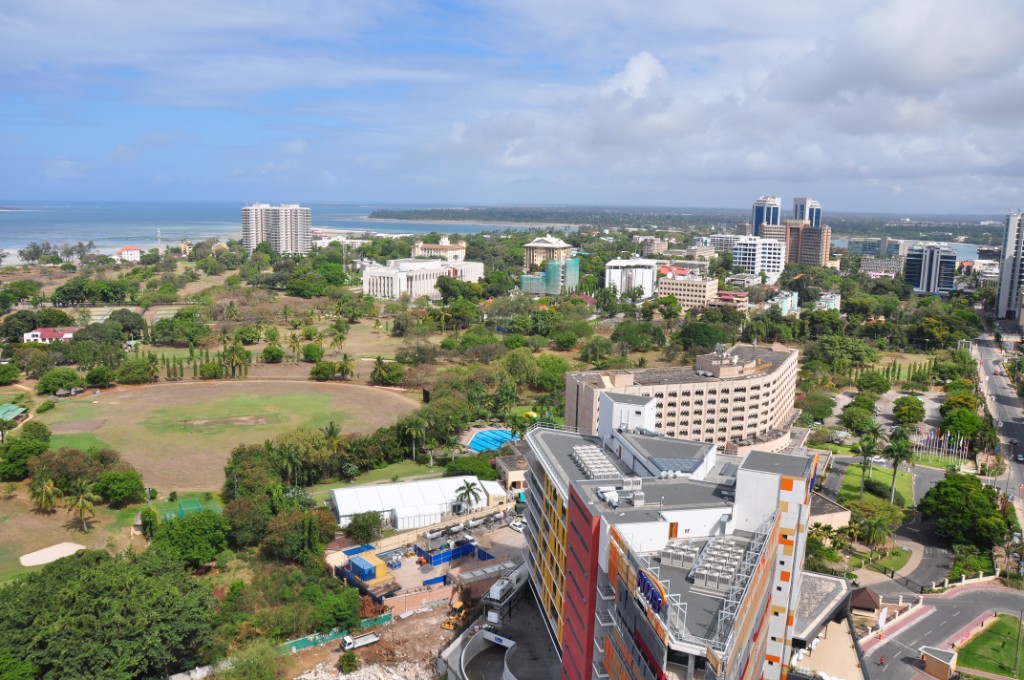
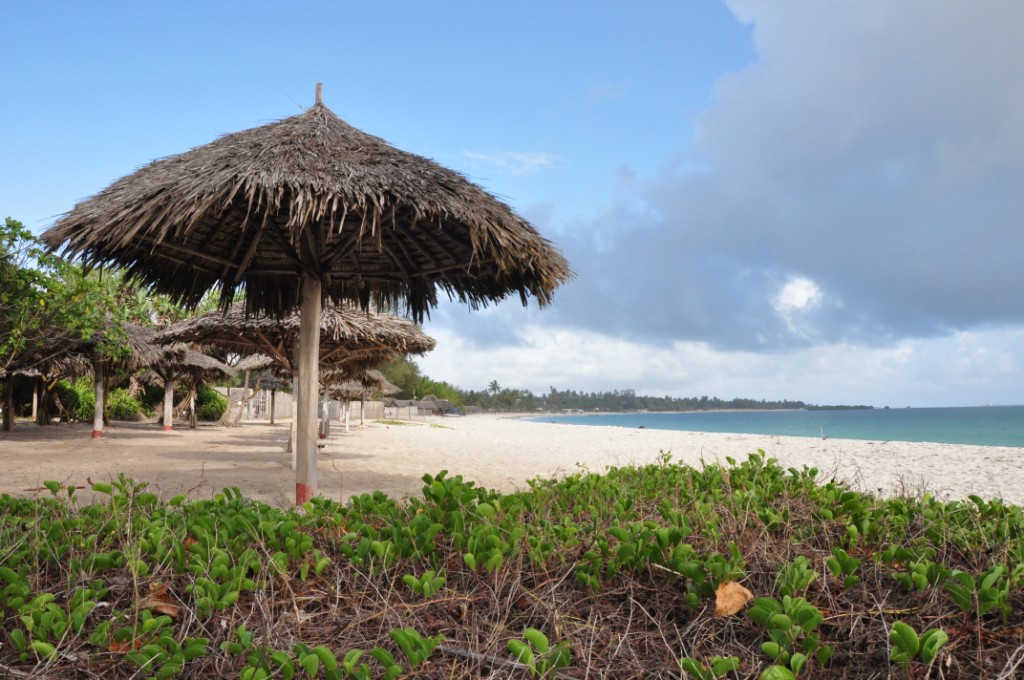
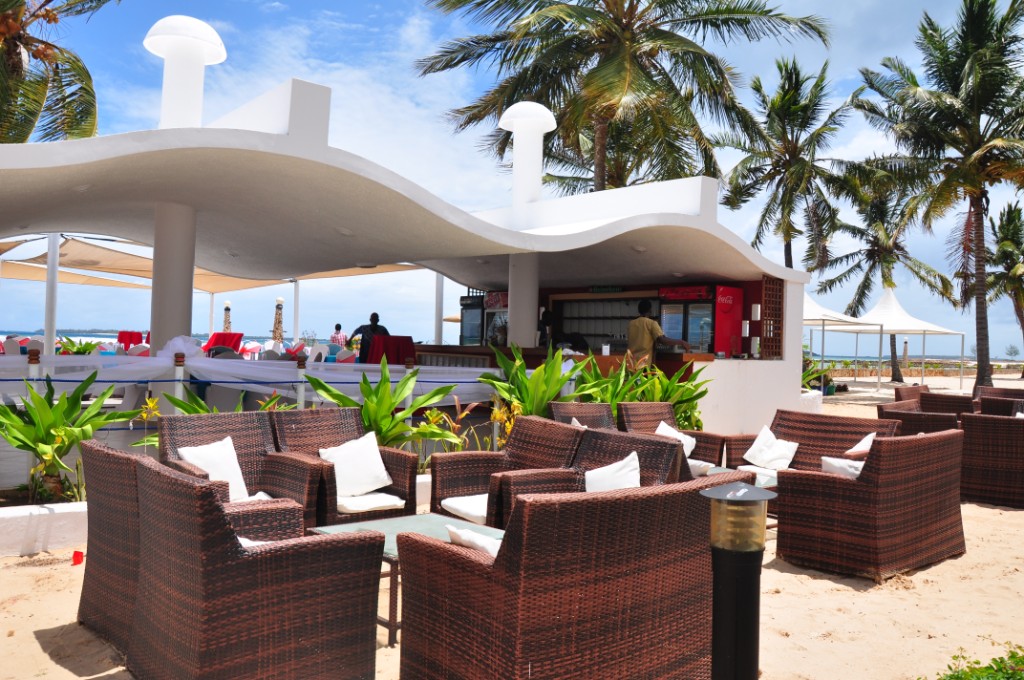
very beautiful blog
Iga thank you for this beautiful write up of my city that doesn’t always get the love it deserves! I just left Dar and your lyrical prose and beautiful pictures are making me so homesick! Asante sana, and karibu tena!
Thank you so much for your wonderful comment, Gloria. I am happy that I could warm your heart with some memories of home. I hope you will get the chance to visit again soon! ? I certainly hope to do so.